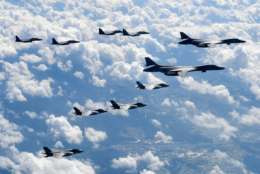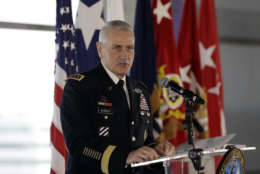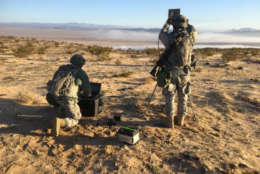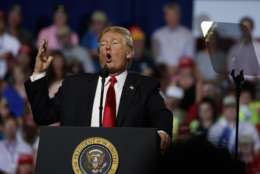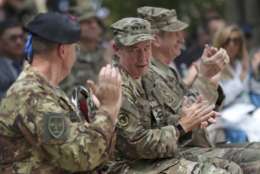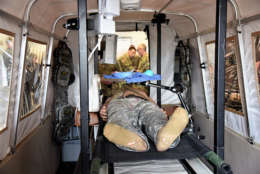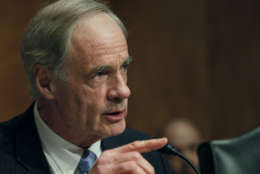Army
-
The Air Force is continuing the trend of other transactional authorities to speed up the procurement process, says Bloomberg Government Senior Defense Analyst Rob Levinson.
September 17, 2018 -
Appeals court says the Army acted arbitrarily and capriciously when it decided to pay contractors to build a new intelligence IT system, rather than buying a commercially-available one.
September 17, 2018 -
The Army still doesn't have a quantitative way to measure if Futures Command will work.
September 14, 2018 -
More than 3,800 civilian federal employees, and more than 9,700 military personnel are currently deployed to help respond to Hurricane Florence.
September 14, 2018 -
It might be the era of cloud computing but the Defense Department still occasionally buys software on discs in a shrink-wrapped box.
September 13, 2018 -
To advance the state-of-the art in using artificial intelligence for electronic warfare, the Army's Rapid Capabilities Office turns to a nontraditional "challenge" process.
September 13, 2018 -
When trying to make legacy software compatible with other systems, the technology needs to evolve to meet the current need, said Nick Guertin of the Carnegie Mellon University Software Engineering Institute.
September 11, 2018 -
The Army wants to use artificial intelligence and machine learning to help its electronic warfare officers sort out signal from noise on the battlefield.
September 10, 2018 -
In today's Federal Newscast, speaking to supporters last night, the president said he's secured commitments from Congressional leaders to fund a border wall.
September 07, 2018 -
US strategy in its longest war is shifting. So how come no one in Congress is talking about it?
September 05, 2018 -
In today's Federal Newscast, the Pentagon said it's moving the deadline of its Joint Enterprise Defense Infrastructure contract at the request of offerrers.
September 05, 2018 -
The Army may lose its Medical Research and Materiel Command in the 2019 NDAA, and Army Secretary Mark Esper is not happy about it.
September 04, 2018 -
Four Democratic senators have introduce a bill designed to crack down on wasteful spending by political appointees.
August 30, 2018 -
The Army is competing with a healthy economy and a small pool of eligible recruits to increase its ranks.
August 30, 2018 -
The Iraq War introduced tactical economics, which puts into military ground units' hands money to help local stability efforts when combat can only go so far.
August 28, 2018

